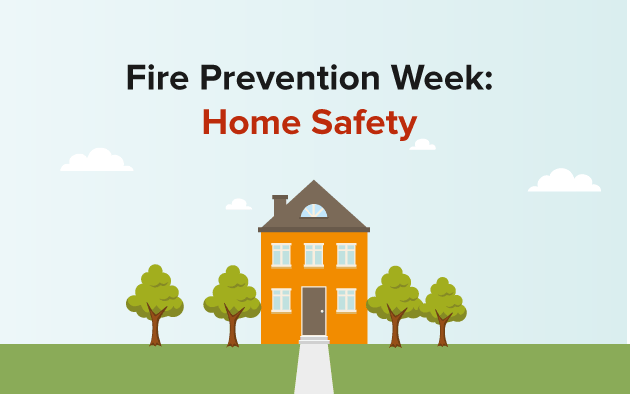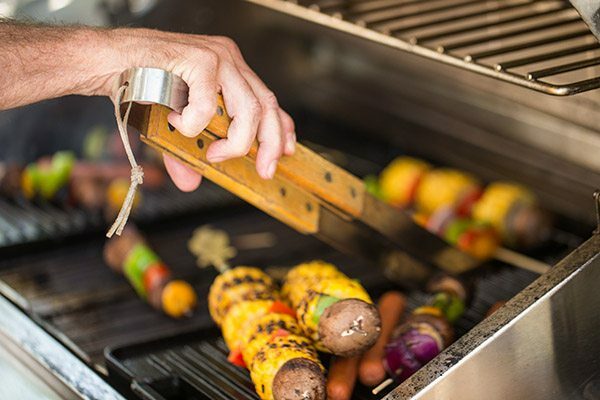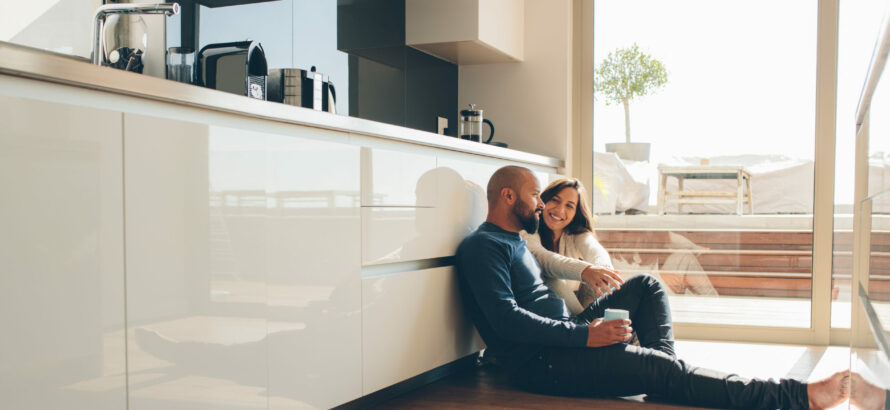
We’re kicking off our Fire Prevention Week 2014 series with tips on how to protect your home and what’s in it. Think of each room as a separate entity with its own set of rules.
Begin in the bedroom
The U.S. Fire Administration estimates 600 Americans die in fires that start in bedrooms. Let’s start there.
- Every bedroom should have a working smoke alarm
- Make sure electrical cords are not trapped against walls where heat can build
- Don’t overload extension cords or run them under rugs
- Keep portable space heaters at least 3 feet from the bed, clothes, curtains or anything flammable
- Make sure electric blankets have a UL seal and take care that they don’t get wedged between the bed and the wall which could lead to overheating
- Toss out electric blankets that are worn or have frayed cords
- Never smoke in bed
- Replace mattresses made before the 2007 Federal Mattress Flammability Standard; those made since are required by law to be safer
- Never leave candles burning unattended
- Don’t drape scarves or clothes over lamps
- Don’t place furniture so that it blocks secondary exits such as windows
Next stop – the bathroom:
- Don’t overload outlets. Use GFCI outlets
- Don’t use hairdryers or other electrical appliances near the sink, bathtub or shower
- Keep curling irons, hairdryers, straighteners and other hot equipment away from combustible materials
- Make sure exhaust fans are clean; built-up lint can ignite if the motor overheats
- Unenclosed light fittings should be out of reach so someone who is wet cannot touch them
- Never leave burning candles unattended
Let’s move to the living room:
- Keep a fireproof screen in front of your fireplace and make sure flammable items are at least 3 feet away
- Have your chimney cleaned and inspected annually
- Keep lamps and candles a safe distance from window curtains and other fabrics
- Use incandescent or fluorescent lights, rather than halogen lamps
- Do not place items on top of larger electrical devices such as DVD players, TVs and stereo systems due to the heat generated by the electrical device
It’s time to visit the kitchen:
- Never leave cooking unattended
- Keep the stovetop and oven clean to prevent grease buildup that feed a fire
- Store flammable materials such as oven mitts, paper towels and napkins away from the stove
- Don’t leave dishtowels hanging on the oven door
- All aerosols should be far from flames
- Cook on back burners and turn pot handles inward to prevent spills and burns
- Dress appropriately when cooking; avoid blousy clothing and keep sleeves rolled up
- Turn gas stovetop flames off before reaching above the stove
- Use only microwave-safe containers in your microwave
- Prevent steam burns by removing lids carefully and distribute heat evenly with thorough stirring
Can’t forget the laundry room
According to the National Fire Protection Association, more than 10,000 home fires begin in the laundry room each year.
- Clean lint screens after every load
- Make sure vent pipes, the area behind the dryer and ducts outside are inspected regularly to prevent lint build-up – a potential fire hazard
- Don’t store flammable materials near the dryer
- Don’t place items stained with combustible fluids like gasoline or furniture polish in the dryer
- If your furnace is close to the laundry room, don’t hang clothing or drop dryer lint near it
Head down to the basement or utility room:
- Keep paint and other flammable liquids in their original, labeled containers with lids and away from heat sources
- Remove trash; don’t store in the basement
- Don’t keep anything flammable near a furnace or water heater
- Make sure the areas around the furnace and other heating equipment are clear of debris, combustible materials and rags
- Keep burner/element-access doors on the water heater closed
- Ensure there are no signs of erosion or decay on wire insulators
- Make sure breaker wires are not loose
We’ve come to the end of our home fire prevention tour, but the tips don’t stop there. Check back this week for advice on fire safety in the workplace.



